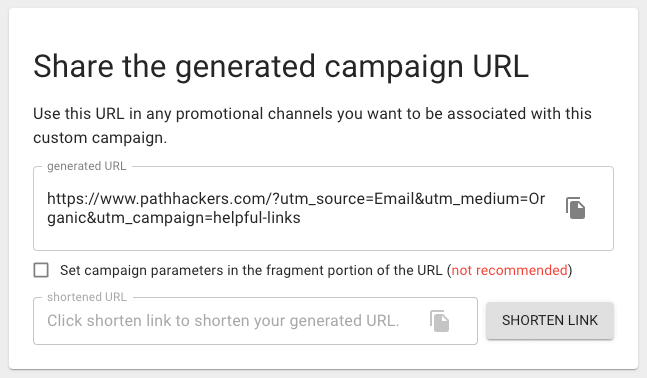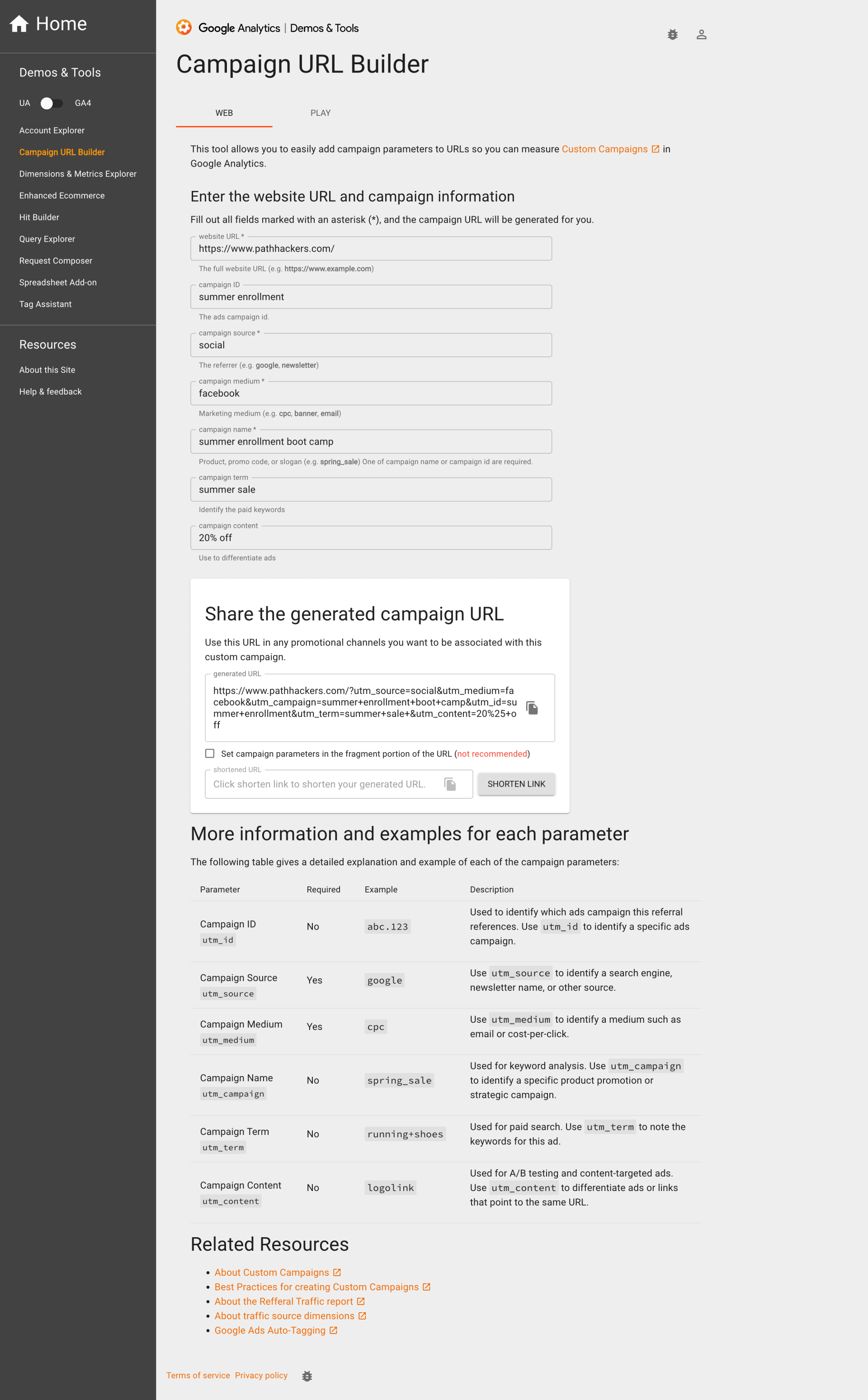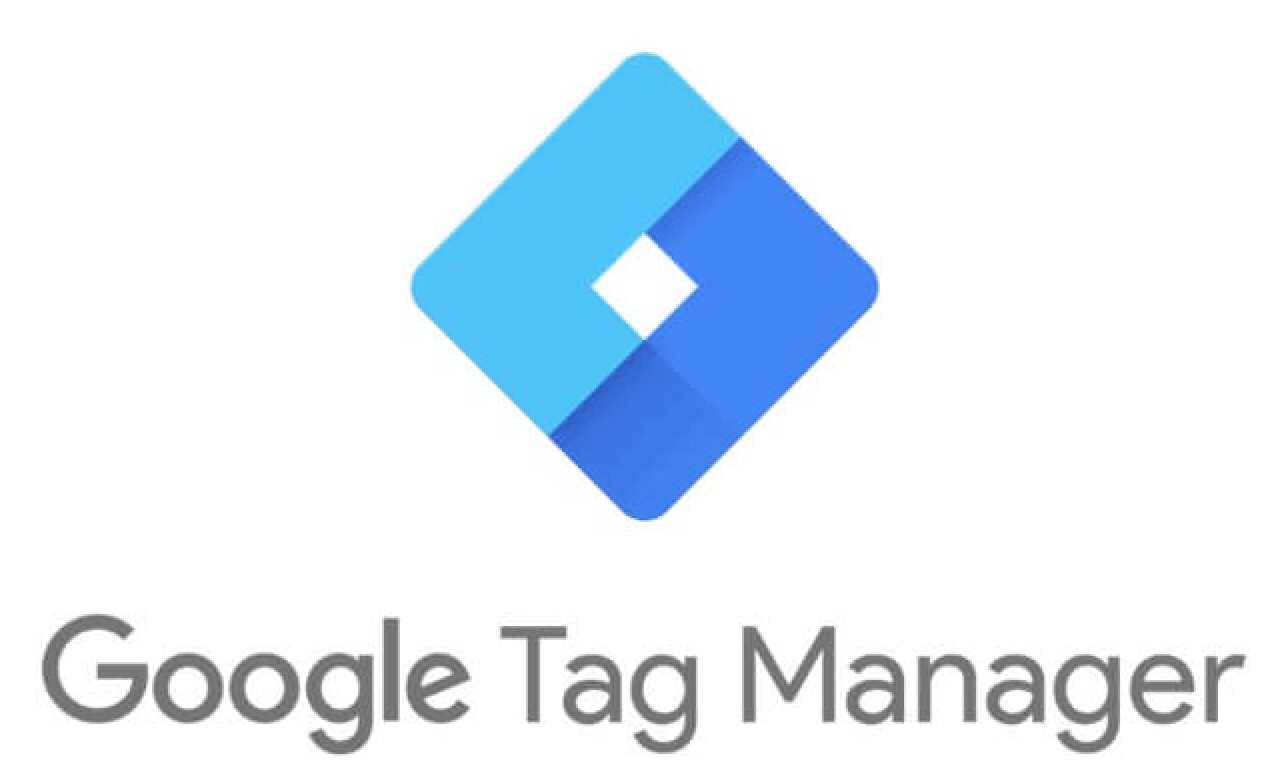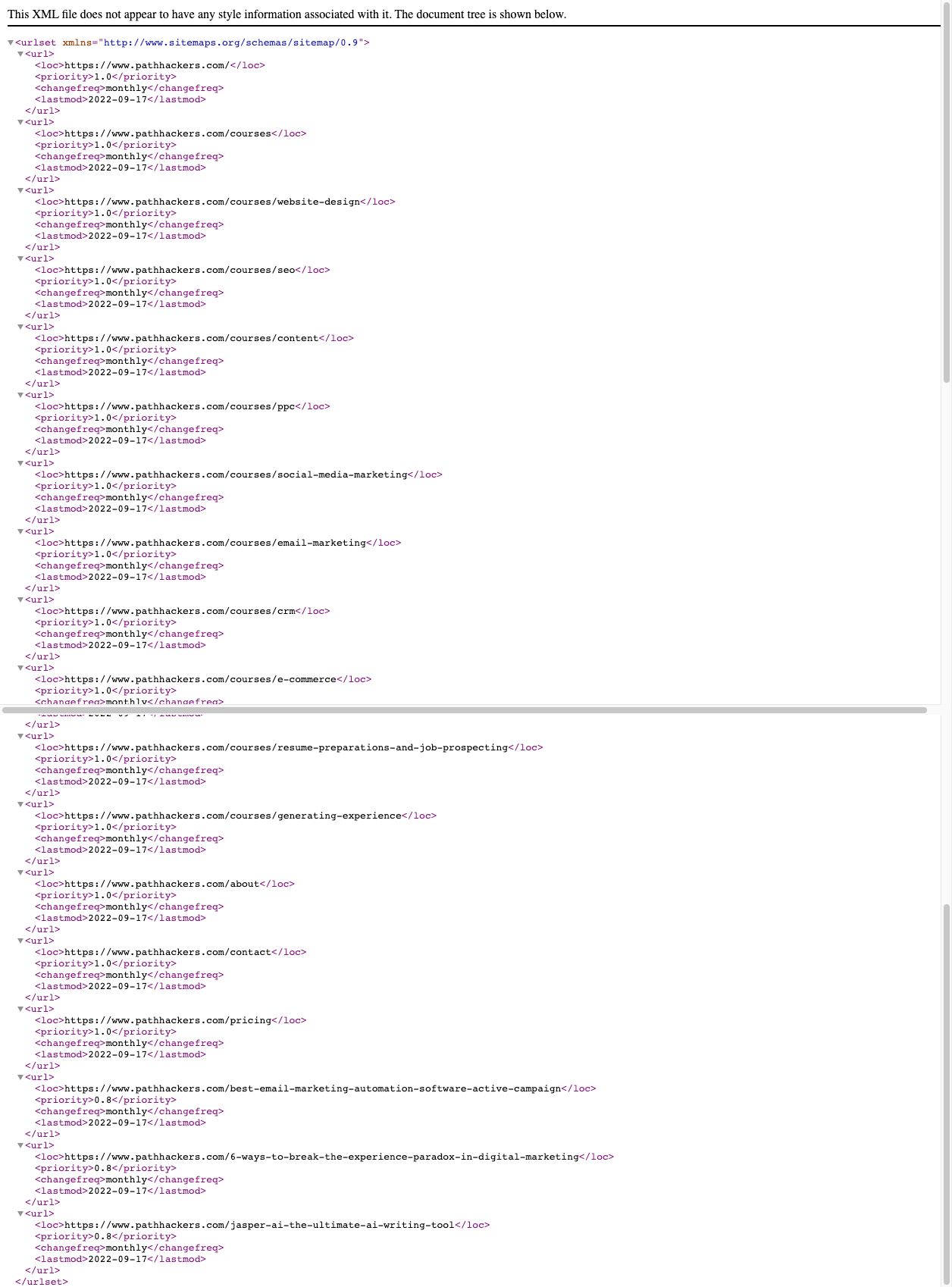Ultimate Guide To UTM Tracking (Urchin Tracking Module)

What is UTM
UTM, also known as Urchin Tracking Module, is a short piece of code added to the URL that marketers use to track the effectiveness of their online marketing campaigns. The five variants of URL parameters help identify the traffic source, medium, and campaign name for better analysis and understanding of customer behavior.
Why are UTM's Important
UTM's are important because they help marketers track the effectiveness of their campaigns and understand customer behavior. By understanding which traffic sources drive the most conversions, marketers can make better-informed decisions about where to allocate their resources. Additionally, marketers can optimize their campaigns for maximum results by understanding which mediums are performing the best. Lastly, by tracking paid keywords, marketers can see which keywords are driving the most conversions and adjust their bids accordingly. This additional data provided by UTM allow marketers to better understand their marketing spend, traffic, and conversions and help optimize monthly when tracked property.
What does UTM stand for?
UTM stands for Urchin Tracking Module.
What are UTM parameters?
UTM parameters are five variants of URL parameters used by marketers to track the effectiveness of online marketing campaigns across traffic sources and publishing media. They were introduced by Google Analytics' predecessor Urchin and, consequently, are supported out-of-the-box by Google Analytics. The five variants of URL parameters help identify the traffic source, medium, campaign, term, and content.
How do UTM parameters work?
UTM parameters work by appending specific information to the URL of your website or landing page. When a user clicks on one of your links with UTM parameters attached, that information is sent to Google Analytics and used to populate the traffic source report. You can view the traffic source report by navigating to Acquisition > All Traffic > Source/Medium. Information and data in Google Analytics help marketers better understand their marketing efforts and optimize future campaigns.
What are the five parameters of UTM?
Marketers use the five variants of URL parameters to track the effectiveness of online marketing campaigns across traffic sources and publishing media: utm_source, utm_medium, utm_term, utm_content, and utm_campaign.
1) Source: This parameter specifies the traffic source, such as Google, Bing, or Facebook.
2) Medium: This parameter specifies the marketing medium, such as email, banner, or CPC.
3) Campaign: This parameter is used to identify a specific marketing campaign.
4) Term: This parameter is used to track paid search keywords.
5) Content: This parameter differentiates similar content, such as two different ads.
Tracking these parameters on a campaign basis provides granular insights into customer behavior, conversion paths, and optimization opportunities.

How do I create a UTM code?
The best way to create a UTM tracking code is by using the Google Analytics URL builder tool. Analytics URL builder tool allows you to create UTM codes for your campaigns and track the results in Google Analytics. You can build UTM Tracing here.
What can you track with UTM?
There are unlimited ways to use UTM codes. Some of the most common ways are for paid media such as google ads, Facebook ads, bing ads, youtube ads, etc. You can also use UTM to track clicks and conversions from your email campaign, traffic, and conversions from your organic search, google business profile, and more. If a platform gives you an option to enter an URL, then you can use a UTM code to track visits, source, medium, campaign, content, and conversions.




